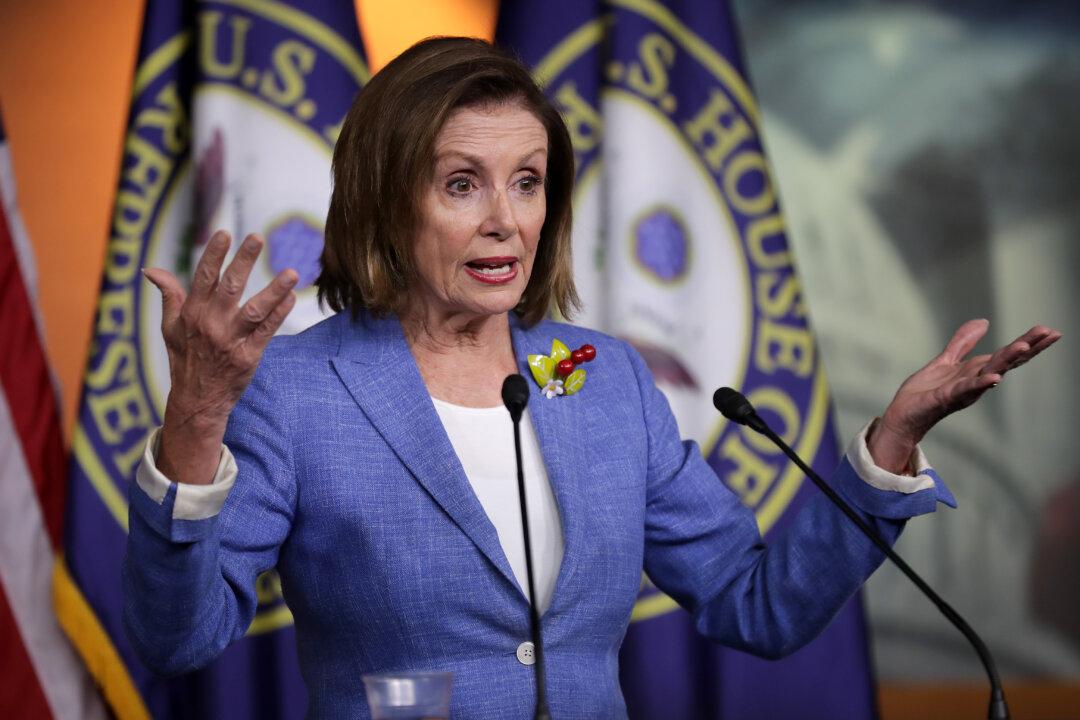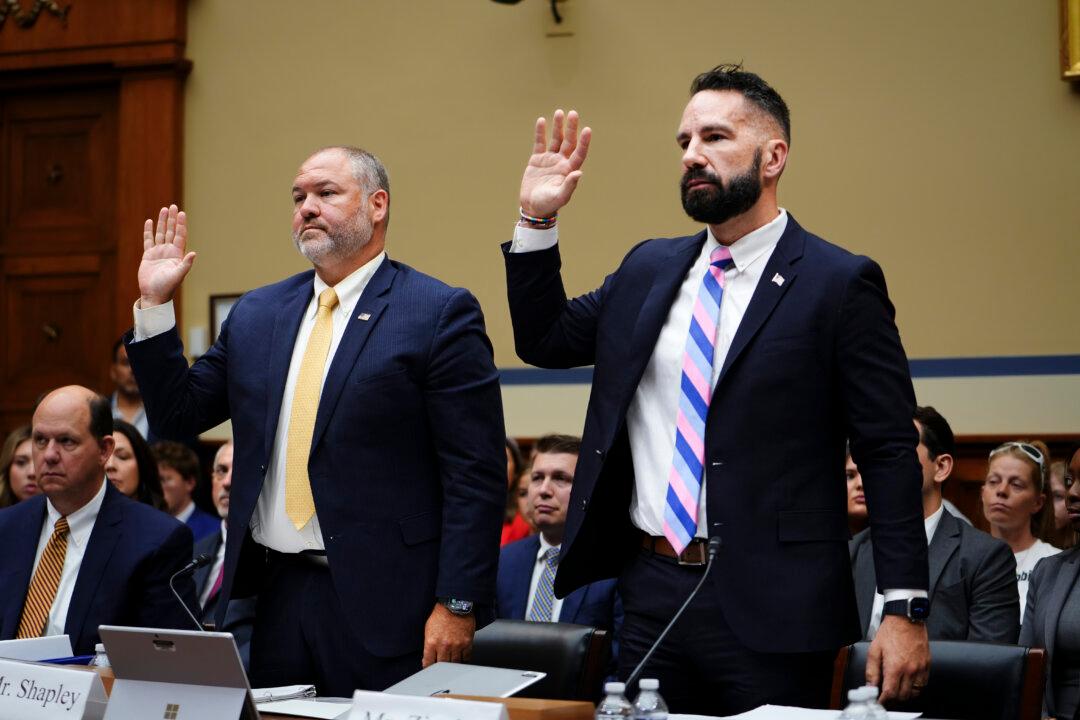WASHINGTON—A day before the Senate added $320 billion to the federal budget and suspended the $22 trillion national debt ceiling, a majority of Americans said they think that’s the wrong way to go.
Fifty-six percent of respondents to a survey done by Scott Rasmussen agreed that “cutting government spending is better for the long-term health of the economy,” compared to only 21 percent who said increased expenditures would be better.





